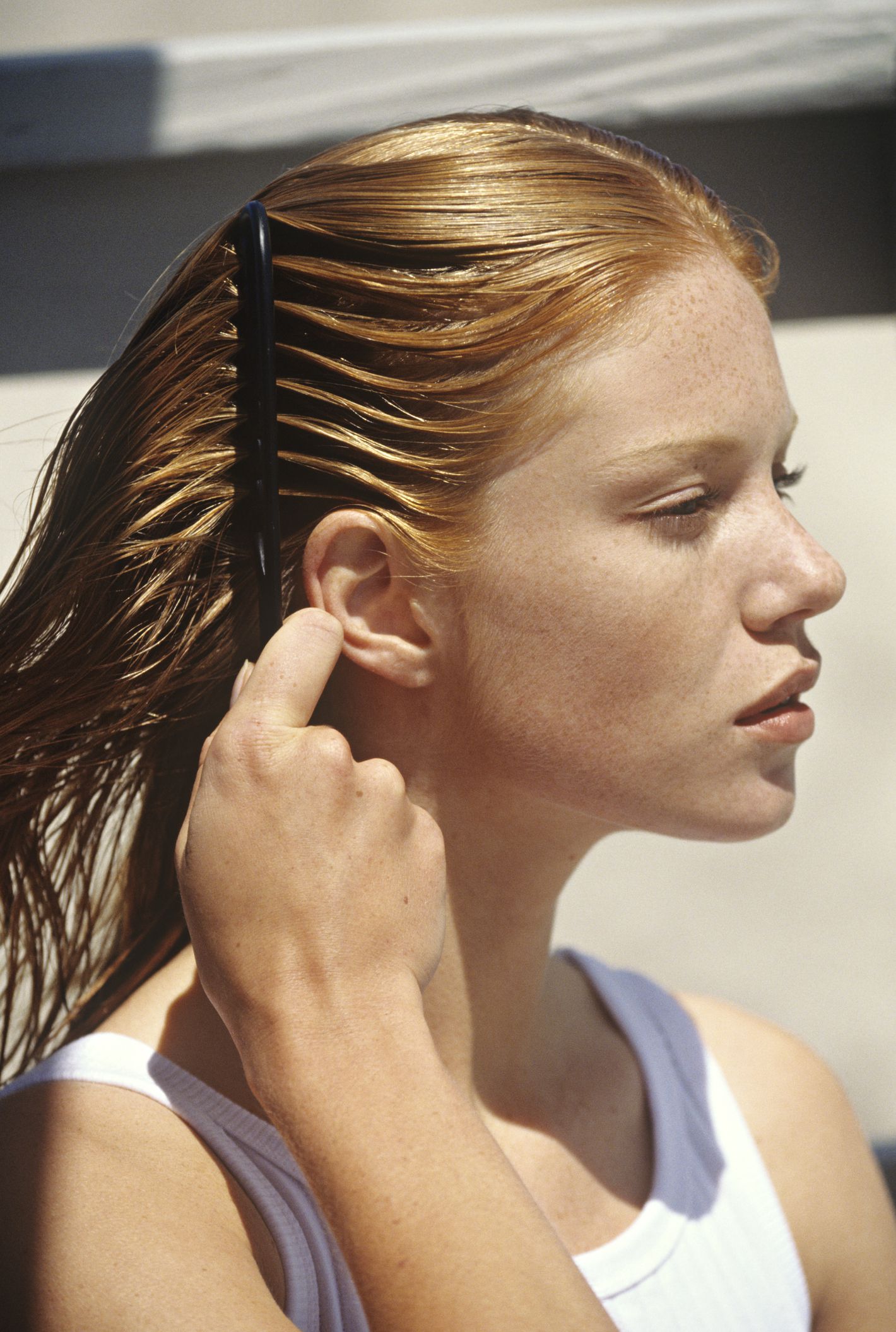Do You Get Vitamin D From Tanning Beds? And 5 Other Tanning Misconceptions
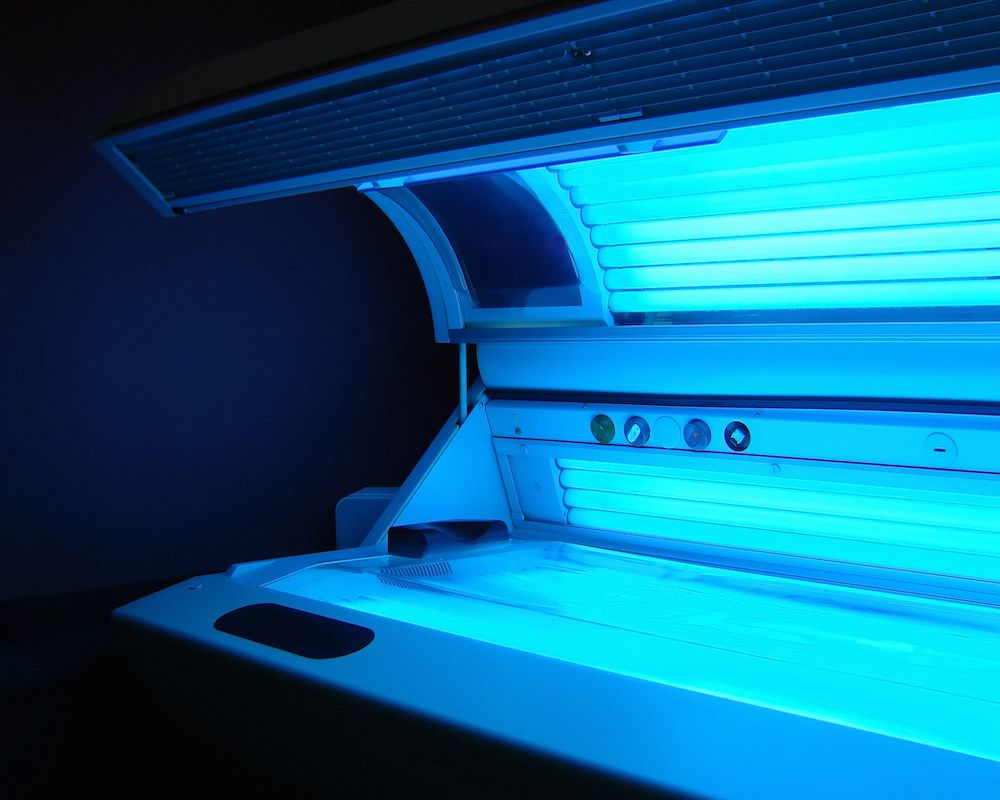
Tanning beds might seem like a good idea—somehow, someway, despite surely hearing plenty of reasons not to step foot inside of one—but, let us be clear: They’re not safe. (Of course, tanning bed salon owners and influencers paid to promote them will try to make you think otherwise.) They do so by shouting myths from the rooftops, spreading misconceptions like: They’ll give you more vitamin D! They’ll whiten your teeth! They’ll cure your acne!
While all of these statements may sound pretty blissful, the reality is, they’re not accepted by the scientific community. And even if these benefits were true (as a reminder, they are not), they’d be meaningless when you weigh them against the significant increase of skin cancer risk that presents itself the second you step into a tanning bed.
To further make the case that you should never, ever step foot inside a tanning salon (unless you’re getting a spray tan), we’re debunking some of the most common tanning bed myths—including whether or not they provide vitamin D.
Meet the Expert
- Dr. Michele Green is a board-certified dermatologist specializing in cosmetic dermatology.
- Dr. Lisa Creaven is a dentist and the co-founder of Spotlight Oral Care.
- Dr. Adeline Kikam is a board-certified dermatologist and the founder of @brownskinderm, a platform dedicated to providing skin care education for all skin types.
01
of 06
Myth: You Get Vitamin D From Tanning Beds

Perhaps you’ve heard that tanning beds are a terrific solution for obtaining optimal vitamin D levels in the middle of winter. As warm and cozy as a tanning bed may feel, Green says that a tanning bed is incapable of providing the healthy required amount of vitamin D needed.
Instead: Try a Vitamin D Supplement
One of the best ways to boost vitamin D levels is to be aware of what you’re consuming. While plenty of vitamin D-rich foods exist—like oily fish, red meat, and egg yolks—it’s oftentimes healthier to add a supplement to your lineup. This one is made with high-potency, plant-based vitamin D and is designed to be taken once a day.
02
of 06
Myth: Tanning Beds Whiten Your Teeth If You Smile in Them
Another reason some folks like to hop in tanning beds is due to the idea that their high-powered light can whiten teeth. In reality, Creaven says that tanning beds will not impact the color of your teeth in any way. Using a tanning bed does not impact the color of your teeth in any way. “UV light is sometimes used as an accelerator for some whitening procedures, but only to specifically accelerate the chemical reaction of an active whitening gel on the teeth,” she explains. “The UV light, used in this way, is a focused approach used in combination with an active ingredient to whiten teeth. However, lying in a tanning bed and smiling is not going to whiten your teeth in any way as there is nothing on your teeth to actually whiten them.”
Instead: Use Research-Backed Whitening Strips
If your whole reason to book a tanning appointment is to improve the appearance of your teeth, you’ll be better off reaching for whitening strips instead. These in particular are infused with whitening hydrogen peroxide and come with nourishing gum oil to make the process as painless as possible. Best of all, unlike some other whitening strips, Spotlight’s don’t lead to major teeth and gum sensitivity post-use. Simply place them on, let them work their magic for an hour, peel them off, and finish with the gum oil. It’s as easy as that!
03
of 06
Myth: Tanning Beds Are Less Harmful than the Sun
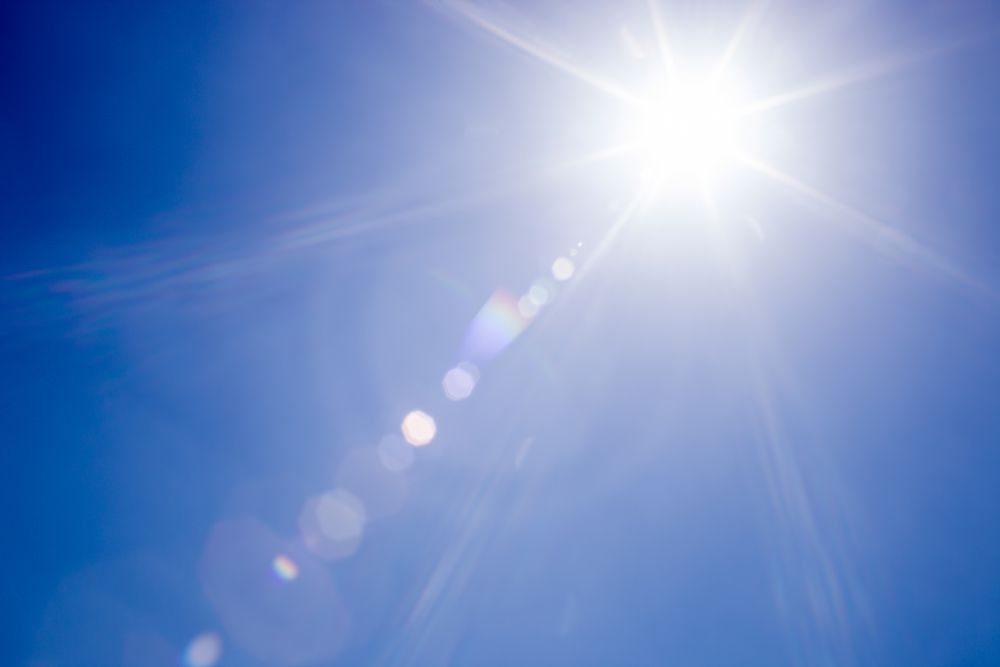
Just because tanning beds don’t provide ample vitamin D doesn’t mean they don’t provide more than enough UV light. In fact, according to The Skin Cancer Foundation, “Frequent tanners using high-pressure sunlamps may receive as much as 12 times the annual UVA dose compared to the dose they receive from sun exposure. It’s estimated that 10 minutes in a tanning bed matches the cancer-causing effects of 10 minutes in the Mediterranean summer sun.”
What’s more, according to the American Academy of Dermatology, “Just one indoor tanning session can increase the risk of developing skin cancer (melanoma by 20%, squamous cell carcinoma by 67%, and basal cell carcinoma by 29%).”
Instead: Stay Out of the Sun and the Tanning Bed
Tanning beds are not less dangerous than being in the sun. Both are bad for your skin cosmetically, but what’s most important is that both of these activities significantly increases your risk for life-threatening skin cancers.
04
of 06
Myth: A Base Tan Is Protective and Safe
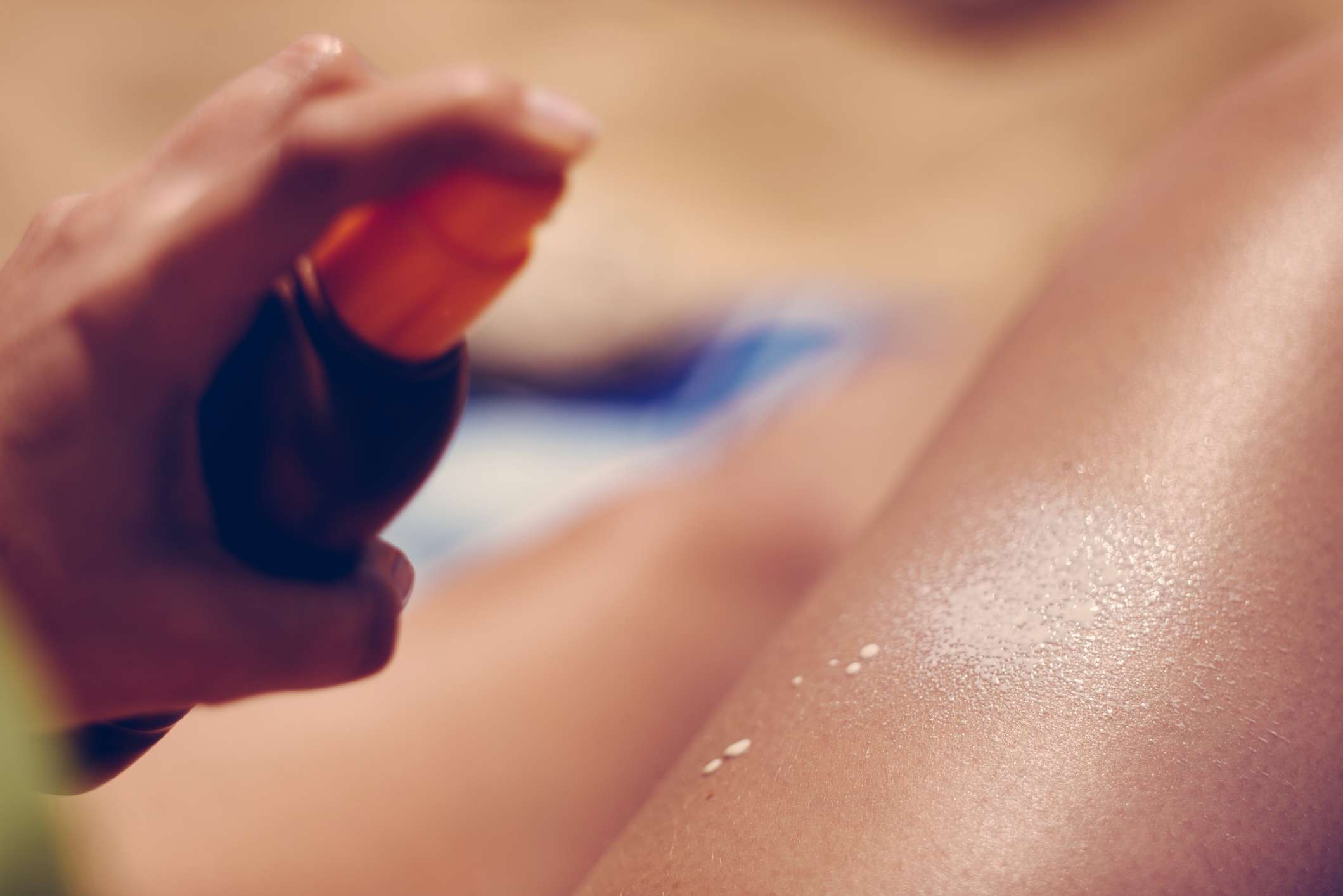
We all know that one person who says that they just need to get a base tan each year and then the rest of summer will be smooth, sunburn-free sailing. While some folks aim to achieve their base tan in nature, others opt for a tanning bed—especially during winter. Unfortunately, according to Kikam, especially those of color, there is no such thing as a safe base tan, and getting one most definitely doesn’t offer full protection from future sunburns. “It may give you a modest SPF of 3 to 4 which is certainly not the recommended SPF of at least 30 by the American Academy of Dermatology for adequate UVR protection,” she says. “A tan is your body’s response to UV radiation injury and an indication of skin cellular damage. It’s your body’s attempt to protect itself from further injury but it’s not usually enough to shield you from further damage.”
Instead: Skip the Base Tan (and Any Tan For That Matter)
Commit this phrase to memory: there is no such thing as a healthy tan. Getting a “base tan” doesn’t prevent your risk of sunburn in later tanning sessions, nor does it improve your ability to tan. Laying out in the sun (or in a tanning bed) to get a base tan is inherently horrible for your skin and can lead to life-threatening consequences (skin cancer).
05
of 06
Myth: Tanning Beds Help With Seasonal Affective Disorder (SAD)
Thanks to the bright light tanning beds emit, some people believe that they can assist with Seasonal Affective Disorder (SAD). On the converse, Kikam says that there’s no definitive evidence that UV (invisible light) rays have the same benefit as bright light (visible light). “It’s a known fact that lamps designed to treat seasonal affective disorder filter out most UV light or emit as little UV light as possible,” she adds, noting that tanning beds don’t qualify as such.
Instead: Try Light Therapy
This minimalist-looking lamp provides ultra bright (read: visible) 10,000 lux full spectrum LED light to mimic the sun. It comes with three brightness levels and filters out 99.9 percent of UV light. The result? An instant mood boost without putting your skin in harm’s way.
06
of 06
Myth: Tanning Helps Treat Acne
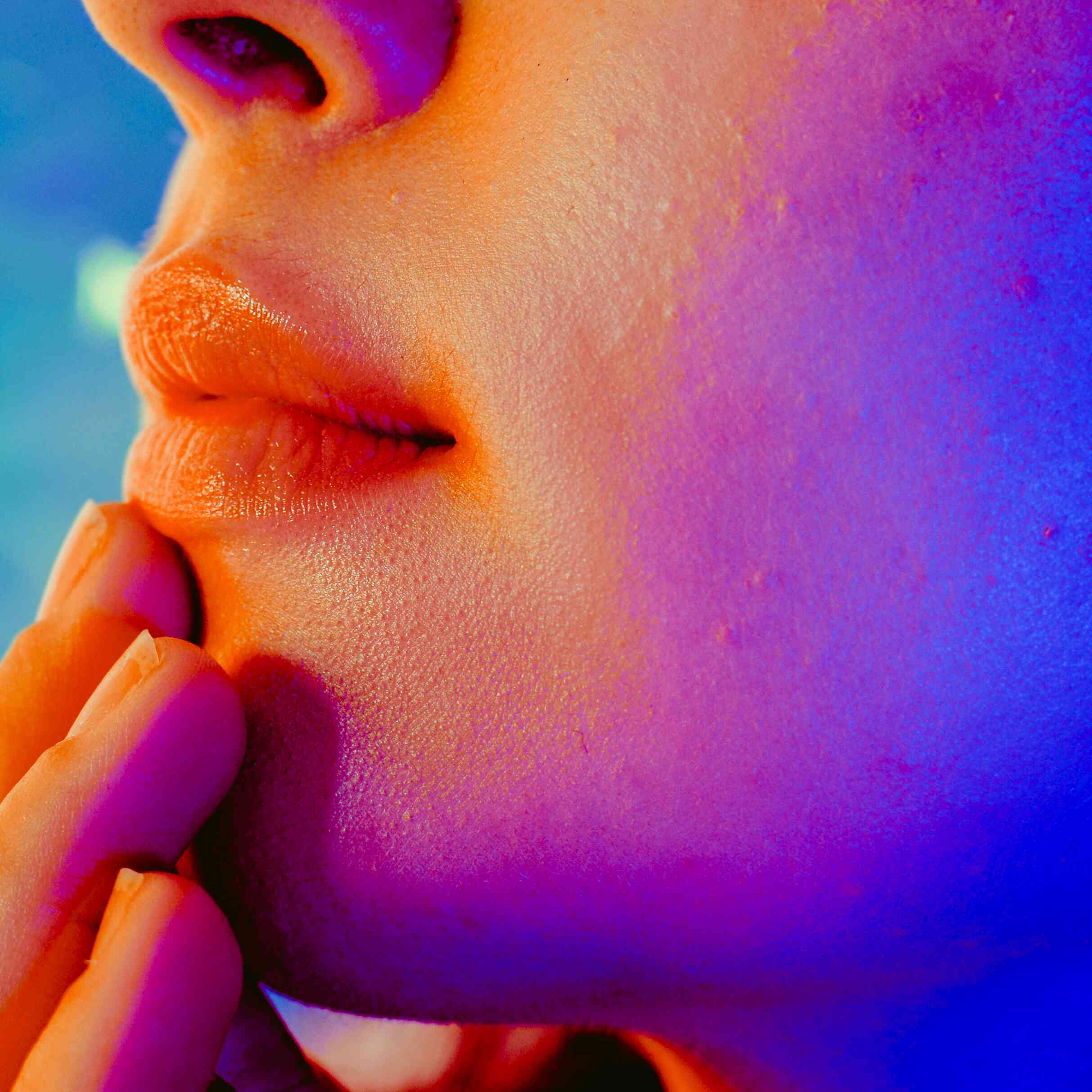
Last but not least, there are rumors that frequently using tanning beds helps keep breakouts at bay. In reality, Green says that tanning dehydrates the skin which can actually exacerbate acne and lead to permanent hyperpigmentation. Yikes!
Instead: Use Proven Topical Treatments
Before hopping in a tanning bed in hopes of getting rid of breakouts, consider dabbing on a topical treatment, like this drying lotion. It’s made with salicylic acid, sulfur, and calamine to absorb excess oil, buff away whatever’s clogging your pores, and soothe your skin in the process. Just remember: While it looks separated, this pink and clear lotion should NOT be shaken up. Instead, dip a cotton swab into the formula, reaching all the way down to the pink sediment at the bottom, and dab it on your zit. By morning you’ll notice that your breakout has pretty much disappeared. No wonder so many shoppers consider it skincare magic.







